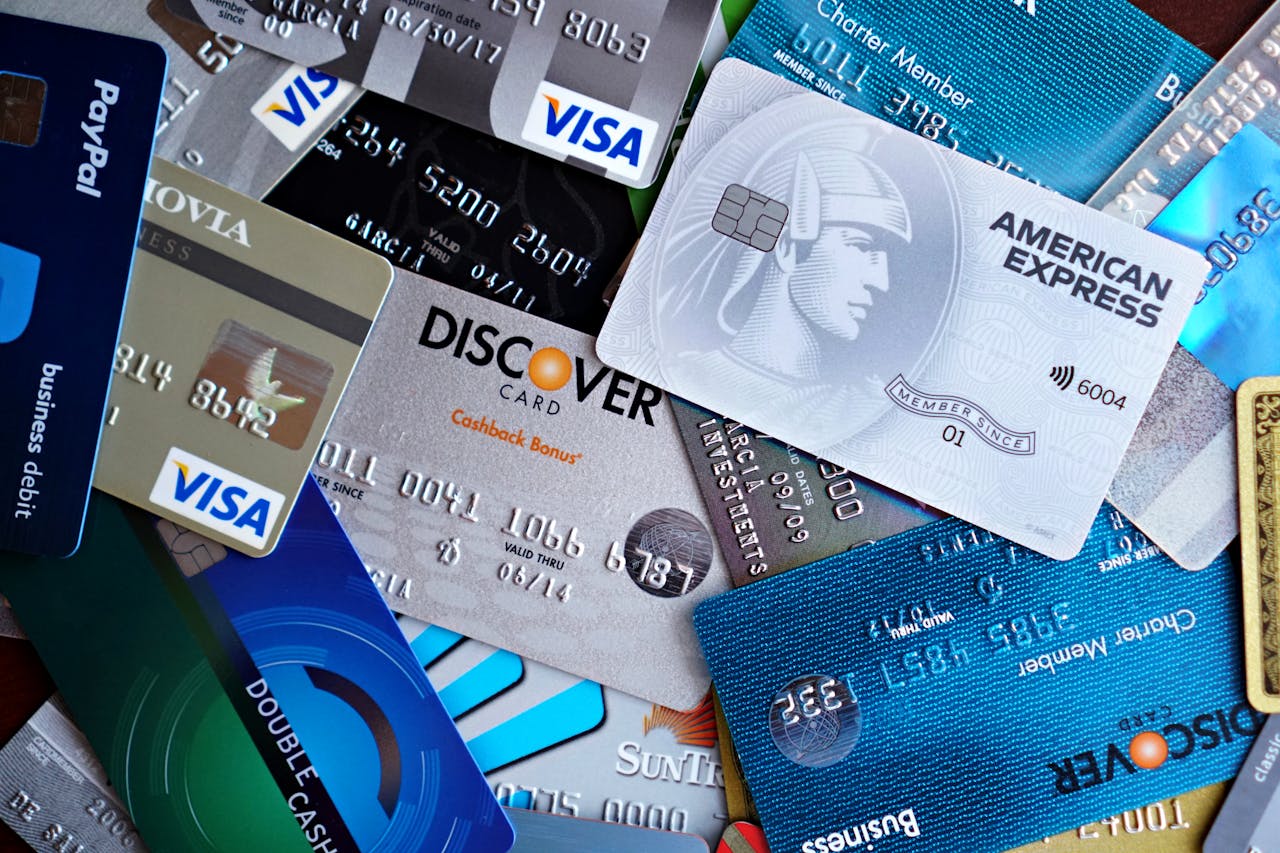From BankAmericard to Borderless Giant: Visa’s Evolution Unfolded
Visa wasn’t born a global giant. It started humbly as “BankAmericard” in 1958, a product of Bank of America’s California operations. But by the 1970s, Visa transformed itself into an independent, international network. The name “Visa” itself—easy to pronounce in almost every language—was chosen with globalization in mind.
What sets Visa apart isn’t just its card volume—it’s the infrastructure. Unlike banks or digital wallets, Visa doesn’t issue cards or lend money. It operates as a neutral platform, connecting 15,000+ financial institutions, 130M+ merchants, and over 4.3B Visa cards globally as of 2025.
Market Penetration: No Country Left Behind
Visa’s global expansion journey took off in the 1980s and 1990s through strategic partnerships rather than outright ownership. By licensing its brand and technology to local banks, Visa scaled with agility and cultural fluency. Today, it processes payments in over 200 countries and territories.
| Region | Visa Market Share (2025) | Notable Moves |
|---|---|---|
| North America | 60%+ | Tap-to-pay upgrades across U.S. transit systems |
| Europe | 45% | Partnership with EU’s Digital Identity program |
| Asia-Pacific | 50% | Acquired stake in Indian payment app PhonePe |
| Latin America | 40% | Embedded Visa QR payments with local fintechs |
| Africa | 35% | Collaboration with mobile money providers like M-Pesa |
Unlike competitors, Visa adapted to emerging markets not by forcing its architecture but by embedding itself into local payment cultures.
Visa vs. MasterCard vs. Disruptors: Who Rules in 2025?
Visa and Mastercard have long been neck and neck, but as of 2025, Visa retains the lead in transaction volume, profitability, and merchant acceptance. However, challengers like Apple Pay, Alipay, and even crypto-native platforms like Solana Pay are pushing the boundaries.
| Metric | Visa | Mastercard | Disruptors (Combined) |
|---|---|---|---|
| Cards in circulation | 4.3B | 3.1B | ~1.2B (est.) |
| 2025 Net Revenue | $36.4B | $28.7B | N/A |
| Global merchant coverage | 130M+ | 100M+ | Varies widely |
| Cross-border growth YoY | +12.6% | +10.9% | ~18% (est.) |
While disruptors may offer speed and innovation, Visa’s strength lies in trust, scalability, and infrastructure—something many newcomers struggle with.
Why Visa Remains the “Invisible” Backbone
Unlike Apple Pay or Venmo, Visa rarely takes center stage with consumers. Yet it powers a staggering share of everyday payments—gas stations, airlines, e-commerce, groceries. It operates at the “pipes” level, invisible but indispensable.
Its innovation isn’t flashy—it’s infrastructural:
- VisaNet, capable of processing 76,000 transactions per second
- AI-powered fraud detection, stopping $25B+ in fraud annually (2025 est.)
- Tokenization securing digital wallets, wearables, and IoT-based payments
In essence, Visa builds rails while others run trains.
Digital Adaptation: How Visa Stayed Relevant in the Fintech Boom
Faced with the fintech wave, Visa didn’t panic—it partnered. Between 2020 and 2025, it invested in or acquired over 40 fintechs, including:
- Tink (Europe) for open banking infrastructure
- Currencycloud (UK) to streamline cross-border payouts
- Pismo (Brazil) to modernize cloud-native core banking tech
Visa also launched Visa Direct, enabling real-time push payments (e.g., Uber driver payouts, instant tax refunds), now processing $21B per quarter.
Visa’s strategy: don’t fight the future—fund it.
ESG & Sustainability: The New Frontline
As pressure mounts for financial institutions to commit to ESG, Visa has responded. In 2024, Visa announced it had achieved net-zero emissions across operations. It also launched “Eco Benefits,” helping users track and offset carbon from purchases.
Visa’s ESG impact (as of 2025):
- 100% renewable energy usage
- 25+ sustainable fintech partners funded
- Partnerships with WWF & The Nature Conservancy
This positions Visa not just as a financial backbone—but a climate-conscious brand aligned with millennial and Gen Z values.
FAQ: Visa’s Global Dominance in 2025
Q1: How does Visa make money if it doesn’t issue cards?
Visa earns through interchange fees, assessment fees on transaction volume, and value-added services like fraud prevention and analytics.
Q2: Is Visa at risk from crypto-based payment networks?
Visa doesn’t see crypto as a threat—it’s integrated with platforms like Coinbase and supports stablecoin settlements on USDC. It’s adapting, not resisting.
Q3: Will fintechs replace Visa in the future?
Unlikely. Fintechs innovate user experience; Visa ensures infrastructure reliability. Even apps like Square and Stripe ride on Visa rails.
What to Watch Next
As real-time payments and CBDCs (central bank digital currencies) gain ground, Visa’s agility in integrating with new infrastructures will be crucial. Its ability to “play nice” with both governments and disruptors keeps it ahead of the curve.
If you’re analyzing the future of payments, Visa’s global expansion journey is a masterclass in infrastructure-led dominance. Share this with others curious about how tech and finance intersect—or drop your thoughts below.
You Might Also Like:
- How Samsung Electronics Rose from Home Appliances to Global Tech Leader
- ExxonMobil’s Evolution: How It Leads in the Energy Transition
- Top Virtual Credit Card for Travel Safe Online Booking in 2025
- How to Dispute Hotel Charge on a Credit Card (2025 Guide)
- Credit Card vs Debit Card Safety: Which Is Safer in 2025?



